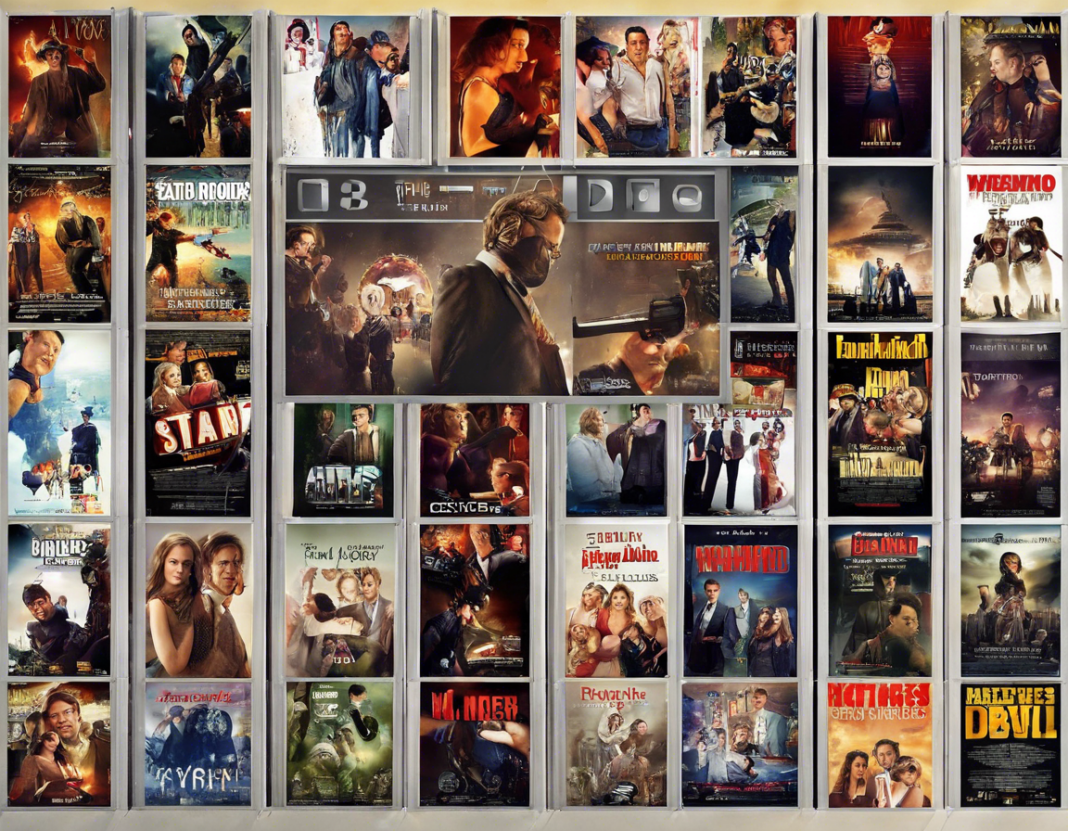Introduction
A-rated movies, also known as adult-rated movies, typically designated for viewers over the age of 18 due to their explicit content, have always been a subject of debate and controversy. While some argue that they are essential for artistic expression and exploration of adult themes, others criticize them for their potentially harmful impact on societal values and norms. In this comprehensive article, we will delve into the impact of A-rated movies on individuals and society at large, addressing both the positive and negative aspects.
The Role of A-Rated Movies in Art and Society
A Platform for Artistic Expression:
One of the main arguments in favor of A-rated movies is that they provide a platform for filmmakers to explore complex and controversial themes that may not be suitable for a mainstream audience. Explicit language, nudity, violence, and sexual content can be used to convey powerful messages and evoke emotional responses from viewers.
Challenging Societal Norms:
A-rated movies often push the boundaries of what is considered acceptable in society, challenging viewers to confront their own beliefs and values. By addressing taboo subjects such as sexuality, politics, and violence, these movies can spark important conversations and critical thinking about social issues.
Exploring Human Emotions and Relationships:
Many A-rated movies delve into the complexities of human emotions and relationships, portraying raw and unfiltered portrayals of love, loss, desire, and betrayal. These films can serve as a mirror to our own experiences and emotions, allowing viewers to empathize with characters facing difficult situations.
The Impact of A-Rated Movies on Individuals
Desensitization to Violence and Explicit Content:
One of the most significant concerns regarding A-rated movies is their potential to desensitize viewers to violence and explicit content. Exposure to graphic scenes of violence or sexual content can numb individuals to real-world atrocities and lead to a distorted perception of reality.
Influence on Behavior and Attitudes:
Research has shown that media exposure to violent and sexual content can influence viewers’ attitudes and behaviors, particularly in adolescents. A-rated movies depicting risky behaviors or unhealthy relationships can normalize such conduct and impact individuals’ decision-making processes.
Psychological Effects:
Excessive consumption of A-rated movies has been linked to a range of psychological effects, including increased anxiety, depression, and aggression. Viewers may experience nightmares, trauma, or emotional disturbances as a result of exposure to distressing content.
The Societal Implications of A-Rated Movies
Gender Representation and Objectification:
A common criticism of A-rated movies is their often sexist and objectifying portrayal of gender. Women, in particular, are frequently depicted as sexual objects or damsels in distress, perpetuating harmful stereotypes and reinforcing inequalities between genders.
Cultural Diversity and Representation:
The lack of diversity and representation in A-rated movies has been a topic of ongoing discussion in the film industry. Marginalized groups, including people of color, LGBTQ+ individuals, and individuals with disabilities, are often underrepresented or portrayed in stereotypical ways, hindering progress toward inclusive and authentic storytelling.
Legal and Ethical Considerations:
A-rated movies are subject to various legal and ethical considerations, particularly concerning censorship, age restrictions, and freedom of expression. Balancing the right to artistic freedom with the need to protect vulnerable viewers, such as children and adolescents, is a delicate ethical dilemma that policymakers and filmmakers must navigate.
Recommendations for Responsible Viewing of A-Rated Movies
Parental Guidance and Monitoring:
Parents and caregivers play a crucial role in monitoring and guiding their children’s media consumption, including A-rated movies. Establishing open communication about the content of films and setting age-appropriate boundaries can help mitigate the potential negative effects on young viewers.
Critical Media Literacy:
Developing critical media literacy skills is essential for navigating the complex landscape of A-rated movies and understanding the persuasive techniques used in film. By questioning stereotypes, biases, and misrepresentations, viewers can engage with movies more mindfully and responsibly.
Supporting Diverse and Inclusive Filmmaking:
As audiences, we have the power to demand more diverse and inclusive storytelling in A-rated movies. By actively seeking out films that celebrate diversity and represent underrepresented groups, we can contribute to a more equitable and enriching film industry.
Frequently Asked Questions (FAQs)
- Are A-rated movies suitable for all adults?
-
A-rated movies may contain content that is disturbing or explicit, so viewers should exercise discretion based on their personal comfort levels.
-
Do A-rated movies have age restrictions?
-
Yes, A-rated movies are typically restricted to viewers over the age of 18 due to their mature content.
-
Can A-rated movies have educational value?
-
Yes, some A-rated movies address important social, political, or psychological themes that can offer valuable insights to viewers.
-
How can parents discuss A-rated movies with their children?
-
Parents can initiate open and honest conversations about the content of A-rated movies, setting clear boundaries and explaining any sensitive themes.
-
What should viewers consider before watching an A-rated movie?
- Viewers should research the content and themes of the movie, consider their emotional readiness, and reflect on how the movie may impact them psychologically.
In conclusion, A-rated movies have a multifaceted impact on individuals and society, influencing attitudes, behavior, and perceptions of reality. By approaching these movies with awareness, critical thinking, and responsibility, viewers can navigate their complexities and appreciate the artistic and cultural value they offer.
